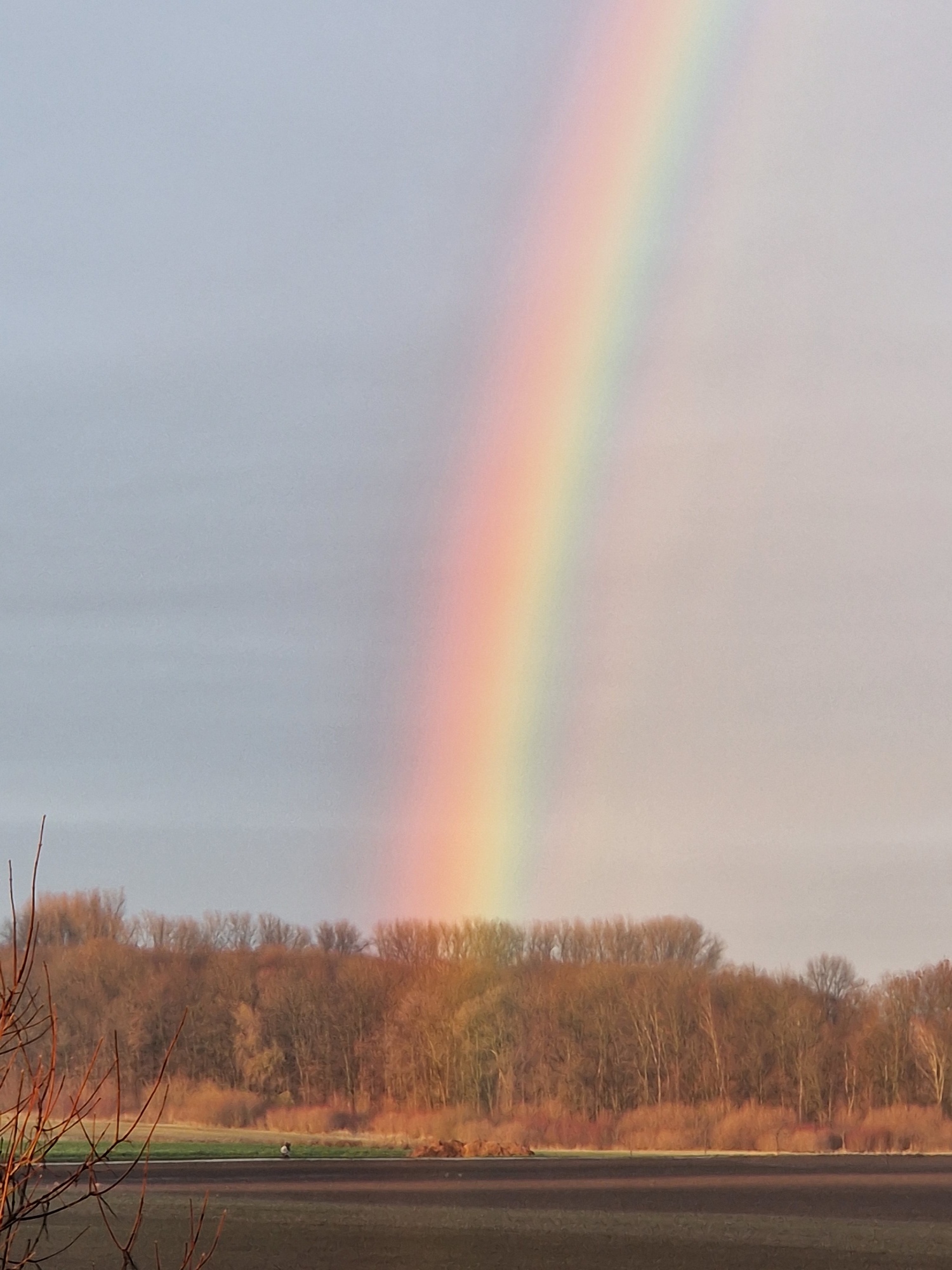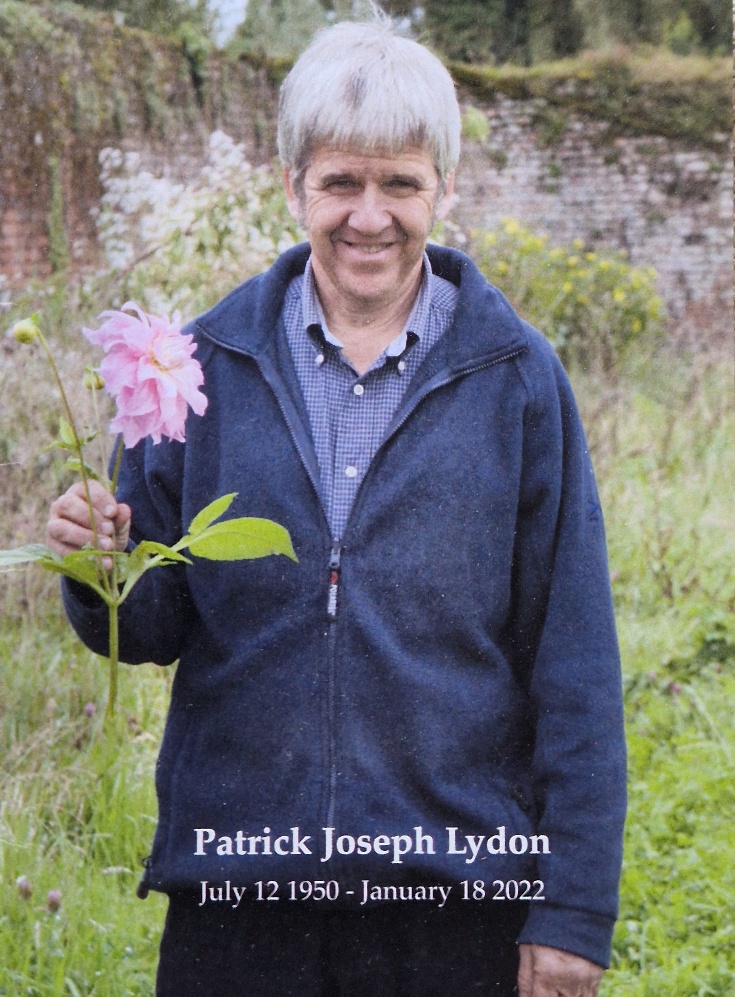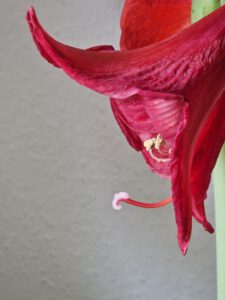Intention is the most powerful ability that human beings have… We arrive at the clear intention to be tender, and it catapults us out of our default mode, self absorption. It lands us in the lap of belonging. Along the way, sturdiness and an emotional strength replaces the hypersensitivity to anxiety. We give each of us the power and permission to contain everything with kindness, to find a balance, and recalibrate and hold even our `panicked storylines´ as my friend Pema Chödrön puts it. Intending only to be anchored in gentle cherishing, kindness becoming atmospheric. Kinship as a frequency.
Fr Greg Boyle S.J – Director Homeboy Industries, L. A.
What you call triggers are actually love, expressing itself as tension, withdrawal, shutdown, anger. Your resistance isn’t a mistake. It’s a beautiful intelligent movement of life, protecting a tender, overwhelmed nervous system. You’re not broken – just defended. You’ve adapted: brilliantly, wisely, innocently. Your reactions don’t mean you’re failing at life. They mean you’re surviving it. But you deserve more than just survival. So today, instead of shaming or fighting these energies, offer them your warm attention. Let them soften in the light of understanding. Even your defences are beautiful. Even your resistance is welcome here. Even your triggers are deeply sacred.
Jeff Foster
Your fear is yourself, and fighting your fear is fighting yourself. Being afraid of your fear is being afraid of yourself. So, using the energy of mindfulness to embrace your fear – represented by the little wounded child within you – is a beautiful image corresponding to the truth. Because that suffering child is still alive in you.
And you may have been too busy to take good care of him (or her) and now you know the practice. And you have to go back to him, to her, to hold her, to hold him dearly in your arms of mindfulness, with your mindful breathing, your mindful step, so that you take care of him, of her, and you rely on the collective energy of the Sanga in order to embrace her to nourish her also.
Thich Nhat Hanh
Recovery has become the theme of my life, – in the first instance recovery from all forms of addiction on the individual level. This comes from my own experience of active addiction to alcohol and marijuana from the age of 16 through to my early forties. I have been living in recovery since 2003.
And just as when the pebble hits the water, sending out ripples in all directions, individual recovery expands into areas such as the healing of relationships, the family, the village, the tribe, our now global consumer society, and ultimately, – through ecological recovery, – Creation as a whole.
I suspect that all addicts end up at war with themselves. This was certainly the case with me. For reasons beyond my comprehension, the fabric of my life had become shot through with fear even by the age of seven. Panic attacks were the order of the day. Fear of my fear emerged as a natural progression, which often left me petrified.
Your fear is yourself, and fighting your fear, is fighting yourself. Being afraid of your fear is being afraid of yourself. Thich Nhat Hanh had the gift of seeing reality for what it is and formulating it in such clear, poetic language. Not only had I come to the point of not trusting anyone or anything out there, but I could also not trust in here. There we have a good definition of hopelessness.
Then, in mid life, came a move which was uncharacteristic for any person who has grown up in a family with the silent codex: `Don’t talk, don’t feel, don’t trust´: I sought out and found a group of people in recovery and asked them for help.
That was the turning point.
The first phase of recovery is sustained abstinence. Bill Wilson, the charismatic co-founder of AA called it `that point of neutrality´ with respect to (in his case) alcohol. As this phase progresses, there is no longer the continuous obsession with opening the next bottle. In fact, it is many years since the thought of having a drink crossed my mind.
In this first phase of recovery, we are helped by the community (the Fellowship or Sangha) and the programme of recovery as articulated in the Twelve Steps. These could be boiled down to the following formula: `Trust God, Clean house, Help others´.
Here it is important to point out that God merely refers to a power, an energy, or force field beyond our own determination, our own egoic will. It is recommended to develop our personal image of a loving, caring God, a Great Spirit, or any field of energy which will guide and protect us on the journey of life.
The role of a mentor, or Sponsor, should not be underestimated here. I have learned that the letters `ism´ in alcoholism stand for `I sponsor myself´. This is not a good idea. The recommendation is to seek out someone who `has what we want´ and ask him or her to provide guidance as we work through the programme of recovery. I have made some wonderful close, life-long friends through this process.
And since the best way of learning is by teaching, we are encouraged to make ourselves available as sponsors to those further back on the path, as soon as we have begun to establish our lives on the new footing of recovery.
Even Bill Wilson discovered that there are deeper levels of recovery which can and must be traversed if we are to achieve enduring recovery and fulfil our true human potential through living in emotional sobriety.
Fifteen years into his recovery, he despaired at the bouts of depression which almost robbed him of his will to continue. He saw that the freedom of bondage to alcohol was only the first step towards to what he called `freedom of the bondage to self´. What exactly did he mean by this?
Bill recognised that, though having quit drinking and having been instrumental in spawning a thriving, innovative recovery movement, he was looking outside of himself for his sense of self worth and emotional balance. If people liked him, he was fine. If he came up against rejection, he was immediately out of kilter, overwhelmed, and irritated.
It was as if he had placed his centre of emotional gravity outside of himself, somewhere in the neighbourhood (in relationships, at work, in the family, etc.). When things got difficult out there, as they inevitably will, he was subject to grave doubts, not only about his lovability, but even with respect to his right to exist and the purpose of life itself.
He saw that emotional dependencies rooted in the outer world of people, places, and things needed to be relinquished and the centre of emotional (and spiritual) gravity reclaimed, brought back inside, and cultivated as an `inner reality´.
Those of us who have become cut off from our essence, our True Self, can find this challenge particularly daunting.
How have we become so unravelled? The answers are to be found in our reaction to a childhood marked by adversity, unpredictability, and the perception of constant danger.
Children who have experienced such an environment will find it necessary to go deeper in recovery, to uncover the (untreated and thus still festering) wounds of childhood and begin to apply a treatment which will initiate and foster healing.
This is where we will be faced with the issues raised by Jeff Foster above. Looking back now, we can see that the strategies we developed in childhood, though they may no longer serve our growth and healing today, are not `defects´. They were simply the best survival tactics we could come up with at that time. The term `defect´ is judgemental and does not serve us in our progress towards emotional sobriety.
In the context of our troubled childhood, anything that went against the prevailing norms was indeed characterised as a defect, or in the Catholic Irish version, sin. This quickly puts us in an inner state of war with ourselves, not because we are evil or stupid, but because we had no other option in those early years but to adopt survival strategies, even if they meant living a lie. After all, that is precisely the behaviour our family system was modelling and condemning (in others) at the same time.
Our main obsession was to suppress all that was unbearable. We simply stuffed the pain and confusion so deep inside, hoping that it would never again see the light of day. The result was a deep sense of isolation and shame.
Sooner or later, life has a way of bringing all that is unresolved back to the surface. With any luck, we can then apply newly acquired insights and resources to deal with the difficulties in a manner more conducive to our healing and growth.
As it happens, insights, discoveries, and approaches developed in the past five decades are perfectly suited to treat the childhood wounds (trauma) that have festered deep down inside for so long. That is really good news for all of us alive on the planet today. No previous generation, as far as we can tell, has had access to such powerful healing resources.
In order to avail of these, we must step out of the state of inner war. So today, instead of shaming or fighting these energies, we counter-intuitively offer them our warm attention. We let them soften in the light of new-found understanding. We recognise that even our defences are beautiful. Even our resistance is welcome. Even our triggers are deeply sacred.
We cannot heal what we cannot feel. Only to the extent that I expose myself over and over to the annihilation I once feared, can that which is indestructible emerge from my essence, like an uncut diamond. It is all about cultivating the willingness of letting go of everything and then doing just that. Here we are invited to trust a process we do not and probably cannot comprehend.
In our hyper-cerebral, post-modern culture, we may have been looking for answers in the wrong place all along. A fellow recently shared the following acronym during a meeting: FAITH = Finding Answers In The Heart.
When we have begun to embrace all that resides within us, and only then, can true healing begin. Everything in there belongs to us. There are no bad parts, only those that pull us towards wholeness and those that would attempt to take us backwards, to the status quo of our early childhood sense of dis-ease. This is completely understandable. Why tread new ground when we could remain in territory which has become so familiar to us? Why risk re-feeling any of the original pain?
The answer lies in the longing of the wounded Inner Child to belong. No matter how many years he or she has been repressed, discounted, or even humiliated (first by our caregivers, later by ourselves) she never loses that longing to belong. This is the life force of healing that defies rational comprehension. This phenomenon is akin to the contents of the acorn containing everything that the oak requires to grow into its fullness.
Rather than being comprehended, it awaits our embracing, in compassion, awe and wonder. In the process, our emotional and spiritual centre of gravity is reclaimed and re-located firmly at the core of our being.
In her book `When Things Fall Apart´, Pema Chödrön describes a scene when the young warrior faces her fears on the field of battle: „How can I defeat you?“, she asks. Fear replied, „My weapons are that I talk fast, and I get very close to your face. Then you get completely unnerved, and you do whatever I say. If you don’t do what I tell you, I have no power. You can listen to me, and you can have respect for me. You can even be convinced by me. But if you don’t do what I say, I have no power.“








